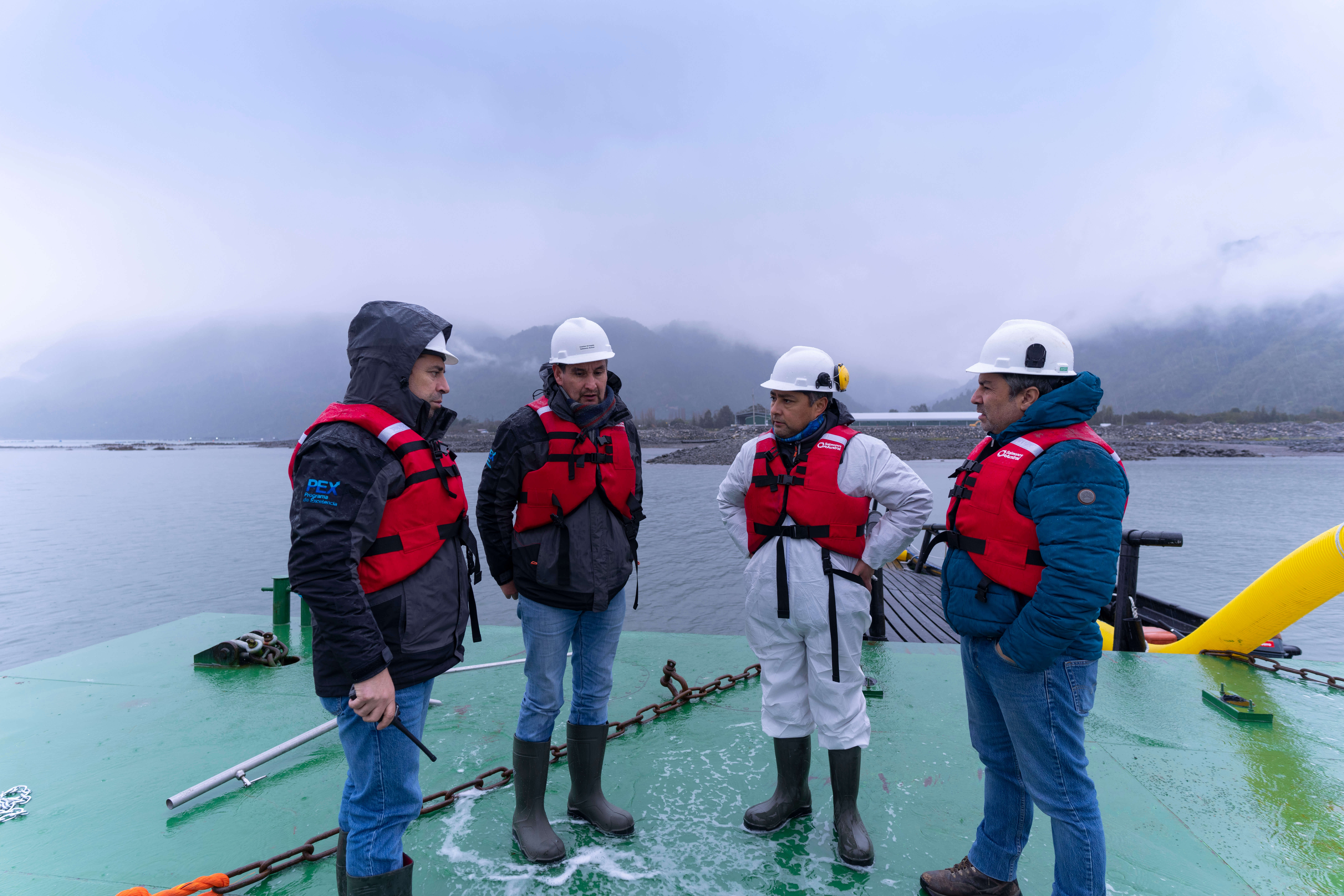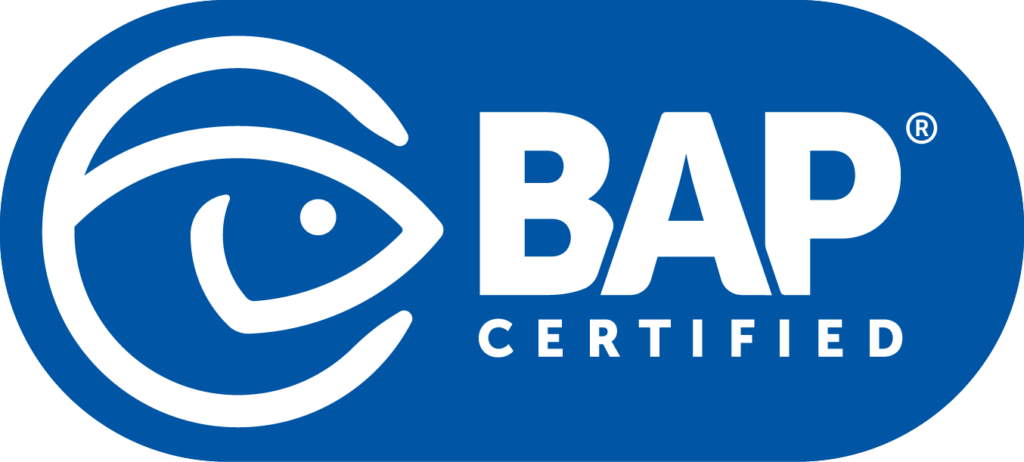
October’s designation as National Seafood Month makes it the perfect time of year to celebrate the U.S.’s success as the global leader in sustainably farmed seafood.
Here in Chiloè, we also take pride in ensuring that the purity and freshness you’ll find on every plate of our food extends far beyond it as well. That commitment requires sensitivity in the way we work with each other, our local community and environment, and the wider world. But though we employ the most technically advanced aquaculture facilities and practices to support that goal, nature provides the best plan for achieving it. You only have to look at the fish we built our brand on to see an example of the ingenious efficiency of that synergistic system.
Though Secret Island transports our salmon from the hatchery, fresh water tanks, and open ocean enclosures that mimic the specific environments of their natural life cycles, we can learn a lot about how they navigate between those habitats in the wild.
Like many fish, salmon often school together to protect themselves from predators.
But recent studies suggest that salmon also work as a group in more sophisticated ways to help guide them during migration at the end of their life cycle. Evidence suggests these fish share and compare olfactory cues over the thousands of miles they travel. At critical junctures, they then “vote” on how to reach their natal streams to spawn the next generation. The fish, the seas and rivers they navigate on this journey, and the lands at their end are all part of the larger network of ecosystems that comprise the entire earth.
These collaborative connections remind us to look well beyond our island home to keep our local practices aligned with a planetary perspective. The partner who can best provide us with objective oversight of this mission is the Global Seafood Alliance. This international nonprofit organization certifies the Best Aquaculture Practices (BAP) that measure all four steps of aquaculture production. Secret Island’s 4-star BAP rating proves our success in achieving the highest sustainable standards in how we feed, hatch, farm, and process our fish.

While that’s good news for both our customers and company today, we’re also doing all we can to meet an even bigger need for tomorrow. Aquaculture is the fastest-growing form of food production. That distinction makes our industry critical in helping to meet the 70% increase in food our hungry planet will need just three decades from now.
